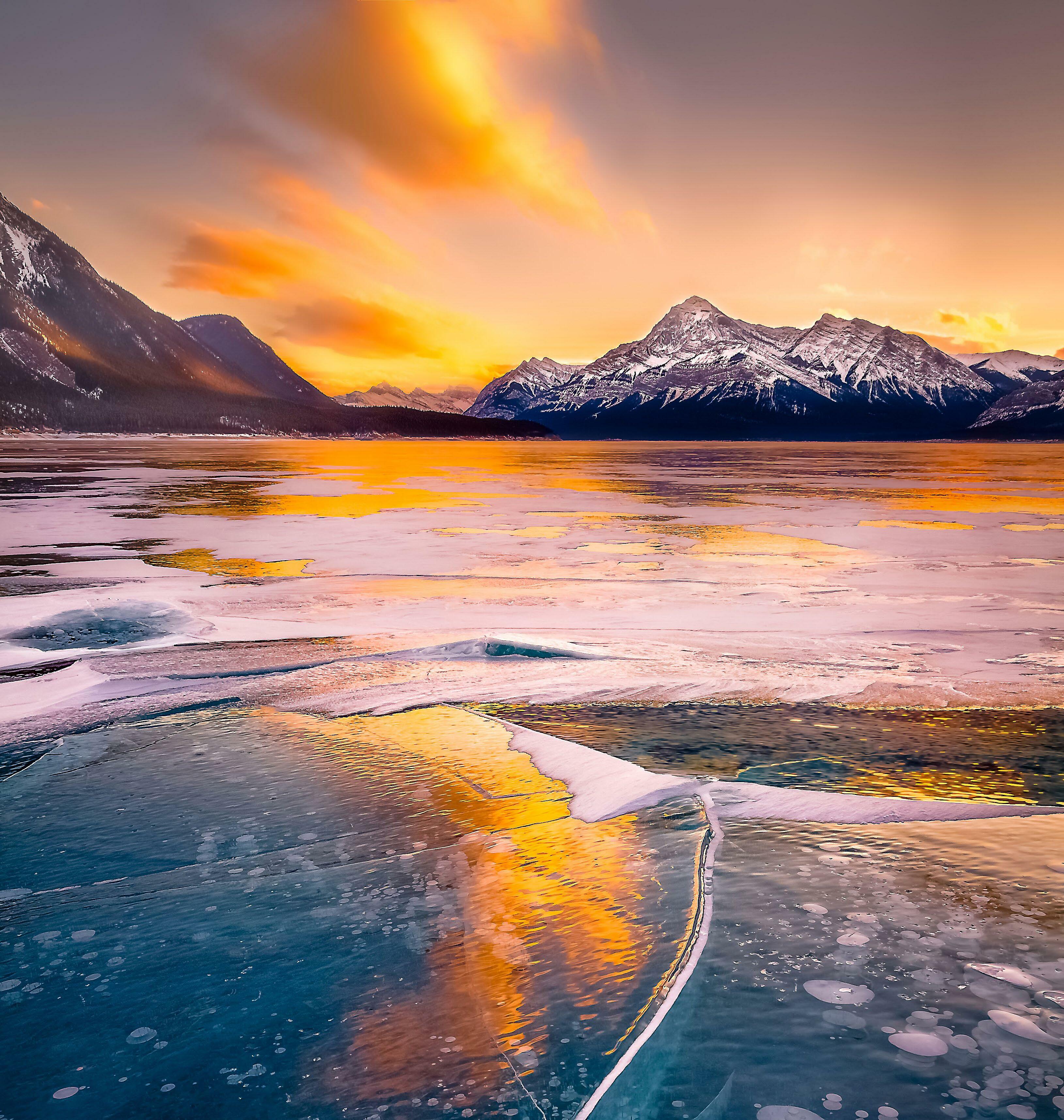
Unless you’re a professional news or sports photographer who needs to send JPEG files to a picture desk in real-time, there’s no reason for not capturing Raw files at the point of shooting. Thanks to their compressed file size, JPEGs are brilliant for sharing and storing, but if you want to take your photography to the next level, you’ll need to be able to exploit the full information contained in a Raw file.
Unlike JPEG, which stands for Joint Photographic Experts Group, Raw isn’t an acronym; it literally means the raw data straight from the camera.
This extra data does come at the cost of larger files, and at up to four times the size, it’s true that Raw files will fill a memory card or hard drive faster. But this is a price worth paying for the additional editing possibilities that the larger files will allow.
Many of us already use Raw files in our workflows, but for those who don’t there’s a great way of getting started: set your camera to capture both JPEG+RAW formats, choosing the highest-quality Raw format available, until you become comfortable with shooting solely in Raw.
But it’s what you do with your Raw files that matters most. So we’ve designed a workflow for Adobe Photoshop (other Raw image editing software is available) that’s based around the 10 essential editing steps you’ll need to get the most from your valuable post-production time…
1 HOW TO CROP AND FIX LENS DEFECTS
Some simple tweaks to get you familiarized and started in ACR
Esta historia es de la edición February 2023 de N-Photo: the Nikon magazine.
Comience su prueba gratuita de Magzter GOLD de 7 días para acceder a miles de historias premium seleccionadas y a más de 9,000 revistas y periódicos.
Ya eres suscriptor ? Conectar
Esta historia es de la edición February 2023 de N-Photo: the Nikon magazine.
Comience su prueba gratuita de Magzter GOLD de 7 días para acceder a miles de historias premium seleccionadas y a más de 9,000 revistas y periódicos.
Ya eres suscriptor? Conectar
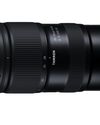
Tamron 28-75mm f/2.8 Di III RXD G2
The original version broke the mould for ‘trinity' standard zooms. The G2 enhances handling and performance further still
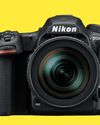
Nikon D500
Nikon's flagship DX-format DSLR is a modern classic. And while it hasn't been out of production for long, it left a hole in Nikon's camera line-up that's never been filled

Laurence Griffiths
With so much sporting action this summer, Laurence Griffiths of Getty Images reveals how to catch every goal at the Euros, details Getty Images' 24/7 Olympics coverage and why he always has a wide-angle ready. Keith Wilson managed to grab him before kick-off...

Ghost town
Adam Waring uses ND filters to subdue the hustle and bustle when shooting busy cities
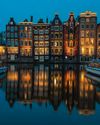
Creative cities
Experienced travel photographer Matt Higgs provides top tips for stunning shots of city sights
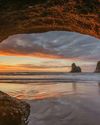
If at first you don't succeed...
Tom travels to the other side of the world to have another go at shooting an elusive image and displays the power of his perseverance
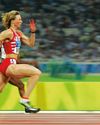
Shoot the summer of sports
Have the Olympics and Euros inspired you to photograph sport? Mike Harris shows you how to score a portfolio of top shots
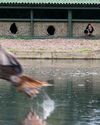
Osprey & prey
Birds of a feather Gary Jones and Leigh Pugh photograph ospreys from a purpose-built hide
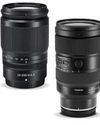
Superzoom lenses
These lenses will have you in for a long stretch, some more than others in the wide-angle to telephoto stakes
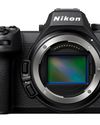
Nikon Z 6III
With a revolutionary 'partially stacked' full-frame sensor, the Z 6III fits flagship camera features in an compact enthusiast-level body